Dalian
With a typhoon approaching Hong Kong and threatening the long weekend, I decided to take drastic action by flying out for a short trip. Armed with plenty of Asia Miles, I explored what location was small enough yet interesting for a 2.5-3 day trip. With most of the region under the summer monsoon, there wasn't much choice to begin with. In the end, I settled for Dalian, which was forecasted to have a sunny weekend.
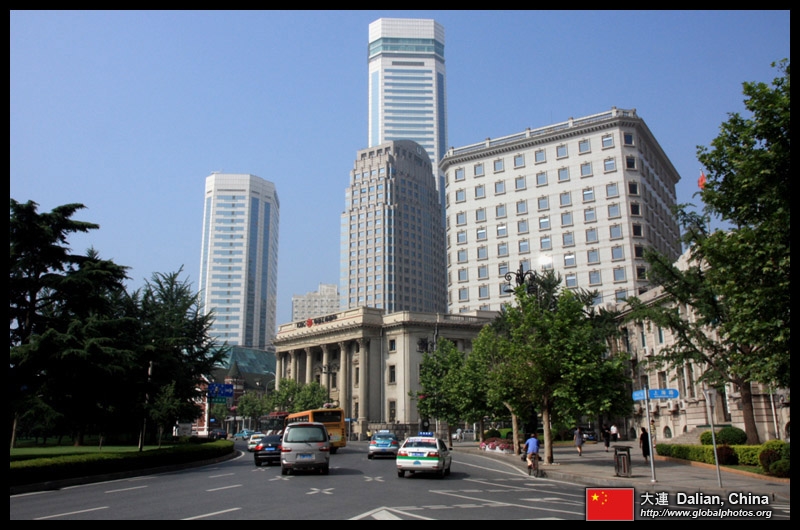
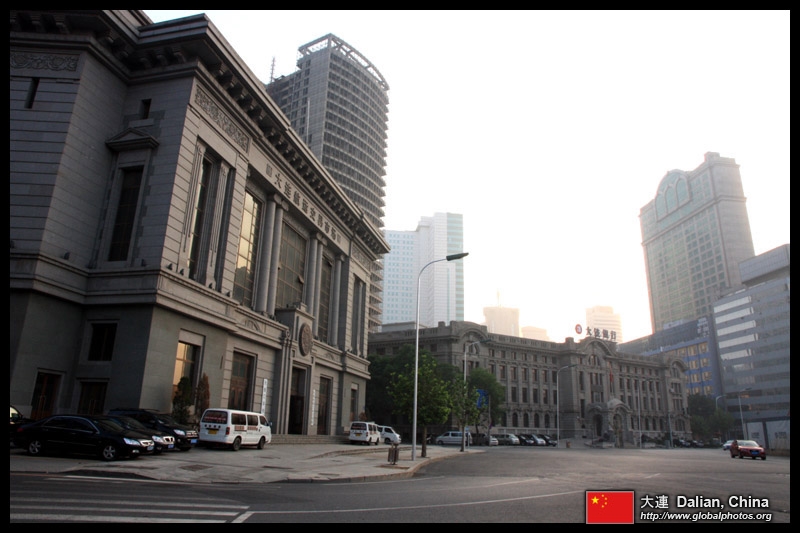

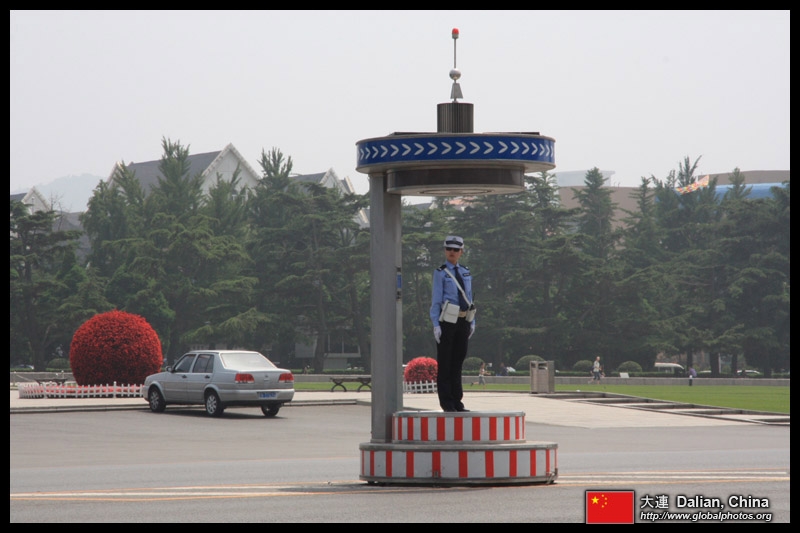

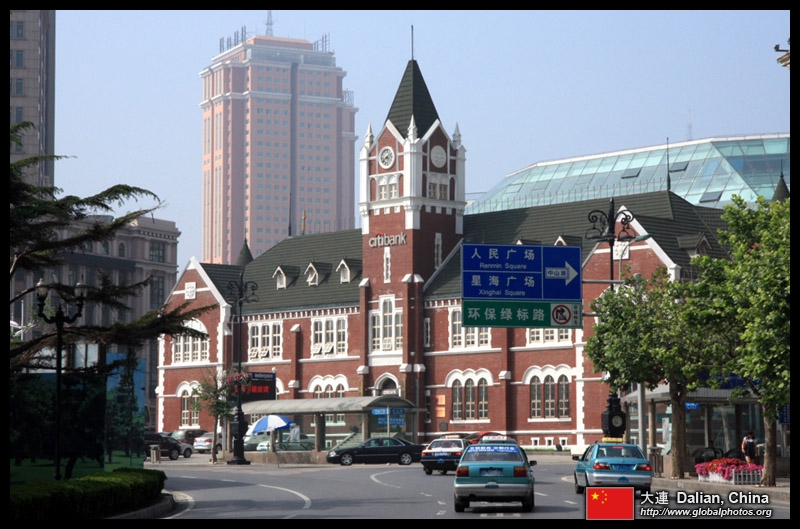
The Dalian Hotel was built in 1909 as part of the Japanese-owned Yamato Hotel chain. It was restored in 1997 and continues to be a hotel today.
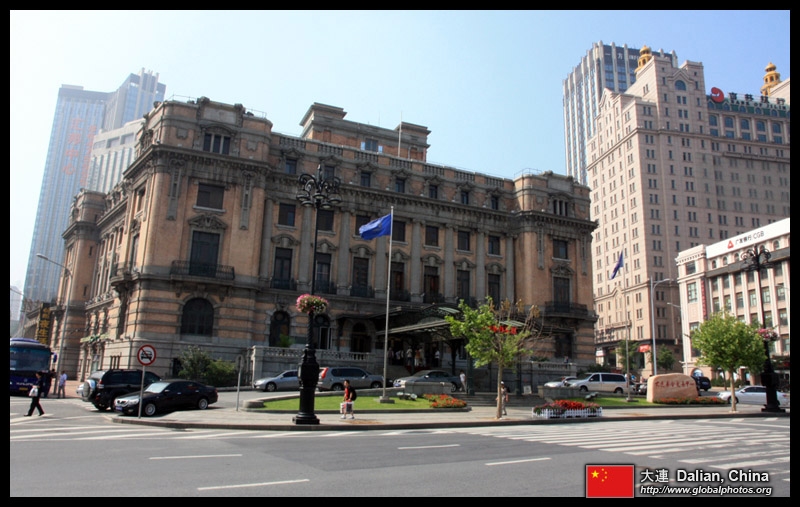
Historic photographs and captions are hung in the lobby to respect the significance of this address.

The Russians were interested in Dalian as an ice-free port on the Pacific, and leased the peninsula from China in 1898. Russian Street was Dalian's first avenue. Today, the 430m-long street is lined with a number of historic European-style buildings.
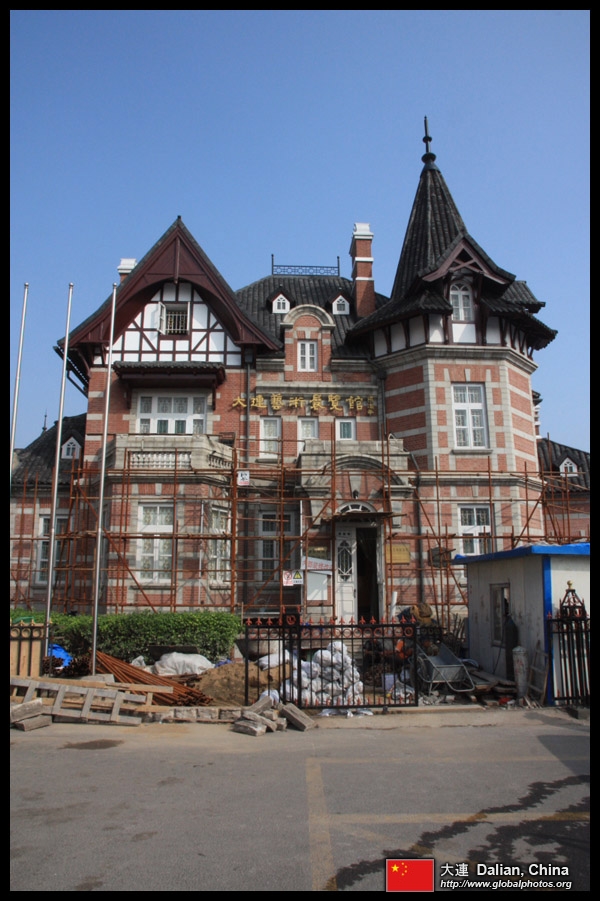
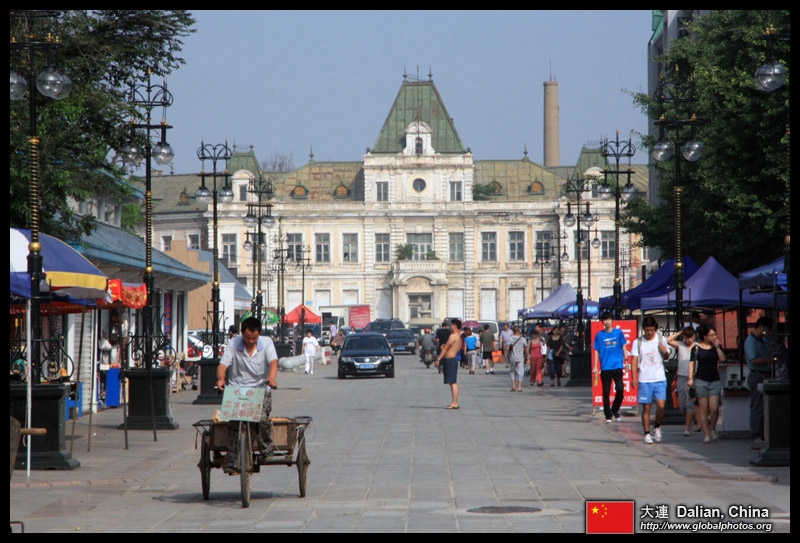
The high-speed trains have not yet arrived in Dalian at the time of my visit.
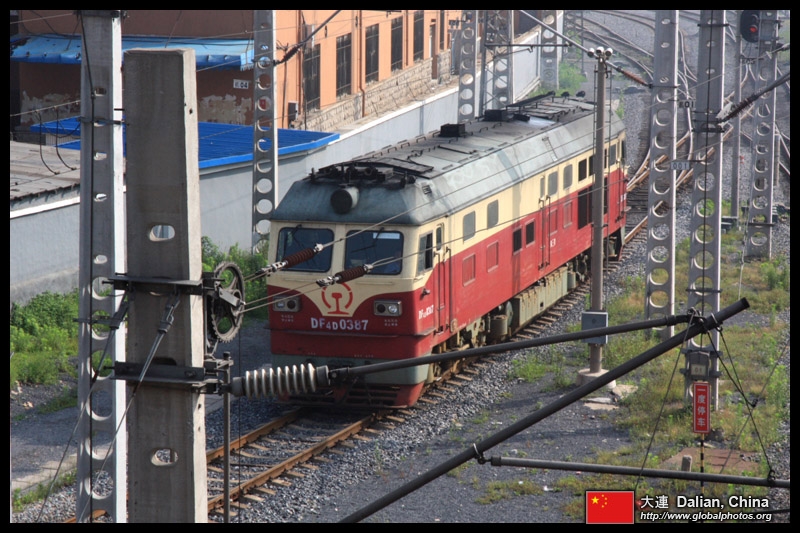
Dalian is only 1 of 2 cities in China that have tram networks. These historic relics only cost 1-2 yuan per ride.

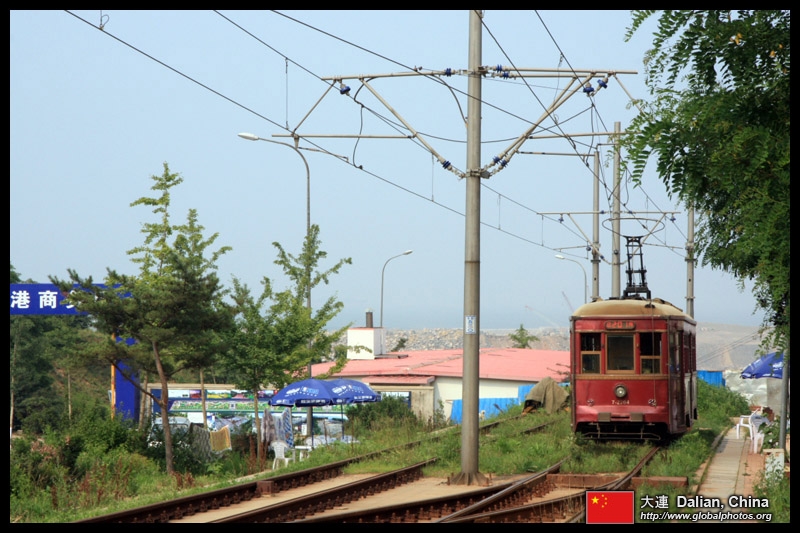
Taipei
The W Hotel's top-floor restaurant offers delicious Chinese cuisine at reasonable prices. Taipei doesn't have that many tall buildings, so the 31st floor already commands very good views.
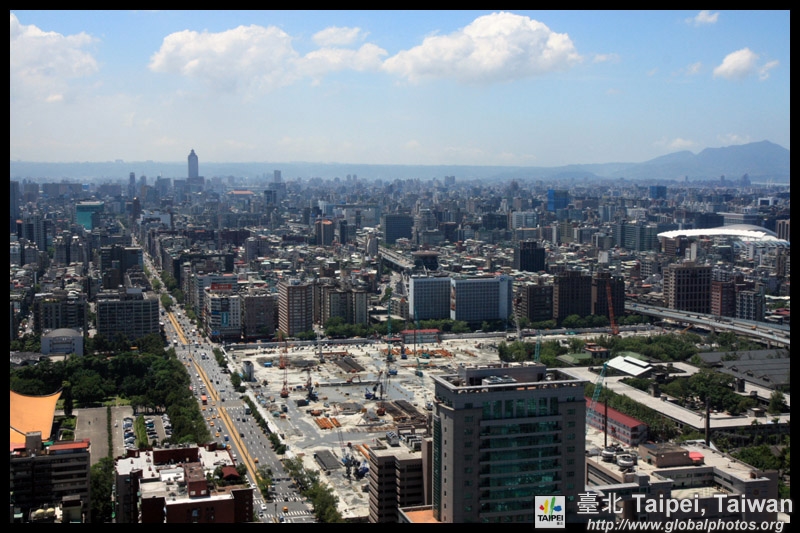


Keelung
The city centre's streets are full of grit, ugly-looking buildings, and the odd temple here and there.


Miaokou is an all-hours "night market". Some stalls were already open upon my morning arrival. The market is a short section of street, but there's plenty to eat and see.






This part of Taiwan emerged from the ocean more than 20 million years ago due to tectonic movements. Erosion and seismic activity have created rocks of various shapes and sizes. Today, the area is a geological park where visitors can roam around these rocks freely.




Fishing remains a major part of the local economy. Taiwan is surrounded by water, and there is plenty of delicious seafood available.


Taichung
Taichung is along the middle of Taiwan's west side. With a forecast of sun and only 40% probability of precipitation, I set off bright and early for the 1-hour high-speed train ride from Taipei.
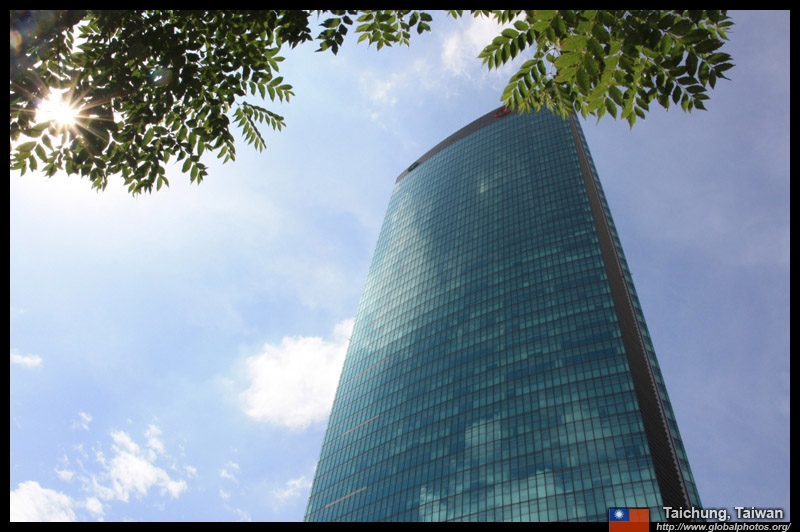
Mopeds are parked everywhere!
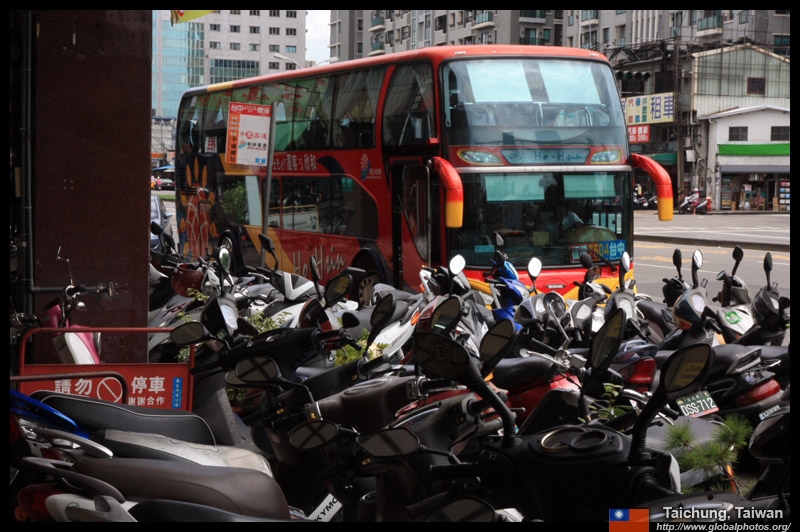
The Taichung Prefecture Government was set up by the Japanese in 1920, covering the city of Taichung and the surrounding counties. This building was built in 1913 and was gradually expanded until 1934. After World War II, it became Taichung's City Hall.
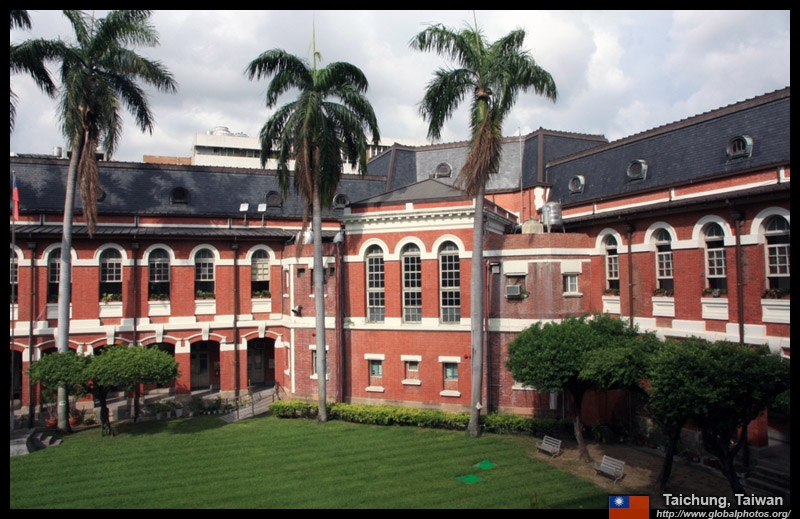
This restaurant is themed around nostalgia and they rebuilt a whole street, populating it with all sorts of stuff from children's toys to movie tickets.




Taichung's buses are free for the first 8km. They take Easycards and I happily cooled down for the next 45 minutes as it looped from the temple back towards the train station, and then into the outskirts. It was nowhere near the 2-3km along a straight line on my map.
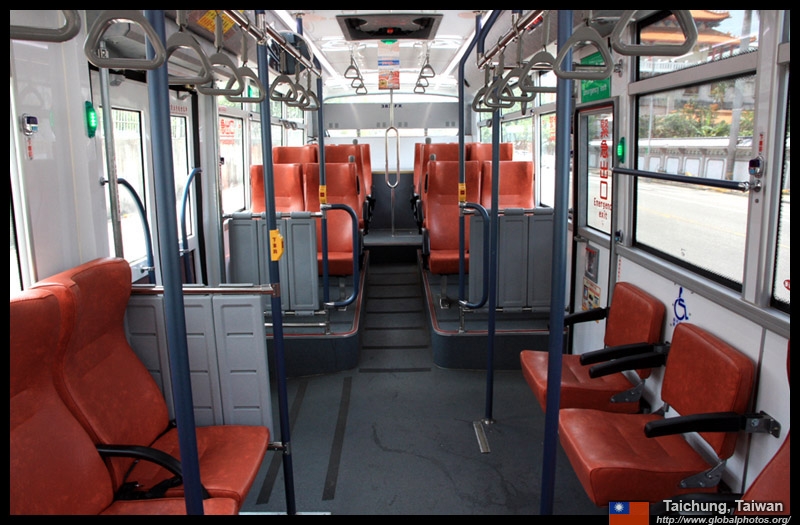
Summers in this part of the world can be quite a torture. Umbrella shade was definitely needed on such a hot day!

Canopies are very popular in Taiwan's cities. These are great during the summer, when the blazing sun scorches the streets and the afternoon thunderstorms roar in.
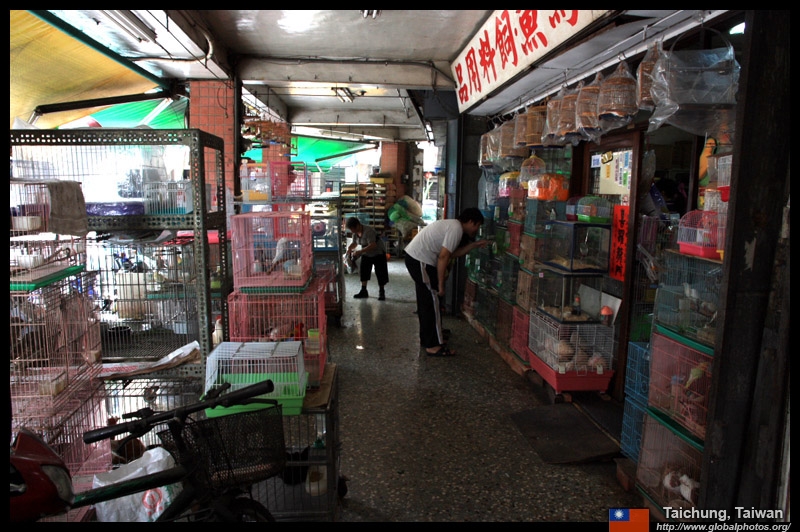

Taiwan is famous for its night markets, which consist of many road-side stalls selling a big variety of foods. During the day, these carts rest behind the chain.

Hangzhou
Known throughout its history as a beautiful paradise, Hangzhou served as the capital during the Southern Song Dynasty from 1138 to 1279. Marco Polo pronounced Hangzhou "the finest, most splendid city in the world . . . where so many pleasures may be found that one fancies oneself to be in Paradise."


The clinic was bustling with customers and pharmacists putting together the herbal ingredients.


West Lake covers 8 sq km in the heart of Hangzhou. Surrounded by hills and shaded by graceful willow trees, it is a peaceful escape from the bustling city.






It was believed Marco Polo visited Hangzhou during the Yuan Dynasty in the 13-14th centuries, and was amazed by the wealth and amount of trade in the city.

Suzhou
With a history dating back some 1700 years to the Three Kingdoms Period, the North Temple Pagoda has 9 levels.


The Humble Administratorís Garden is an expensive example of a traditional Suzhou garden. Plenty of tourists were ready to pay a fortune to get in.




Lionís Grove Garden uses lots of artificial rock formations and man-made caves, which can get quite treacherous to navigate in the rain as the rocks have been smoothened by tourist traffic and are quite slippery.





Ping Jiang Lu is not just any typical canal-side street. While on the west side, the buildings are utilitarian and a real community lives there, the east side is now filled with cafes, restaurants, and tourist shops.

The Lingering Garden also has rock formations to mimick artificial mountains, but on a much smaller scale than Lionís Grove.




The Blue Wave Pavilion is the oldest existing garden in the city, dating back to the Song Dynasty some 900 years ago.




Turkey
Dardannes
I wanted autumn sunshine and I got it in Turkey. About a third of the country's population lives around the Aegean Sea. With lovely beaches and beautiful sea views, there is plenty of natural beauty to explore. Perhaps it's a good thing no big highways cross this area, but the downside is the journey from Istanbul to Gelibolu would take over 4 hours.
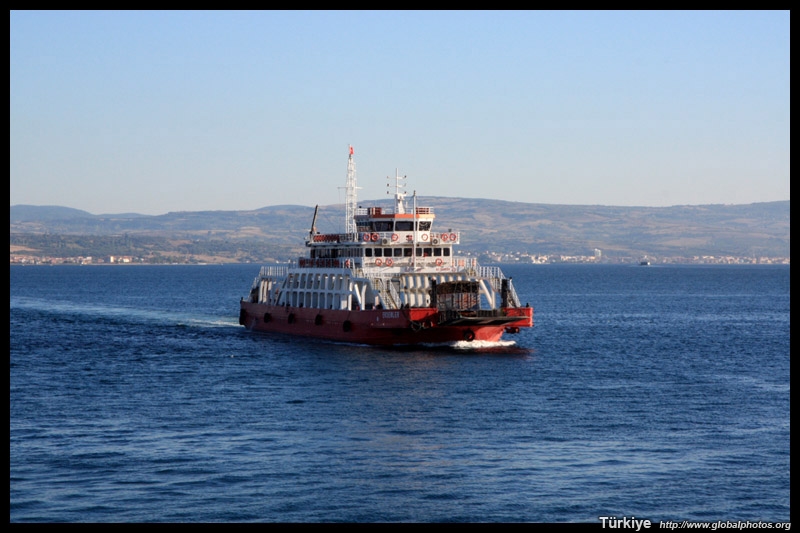
As we await the next ferry, this street vendor was already advertising his wares.
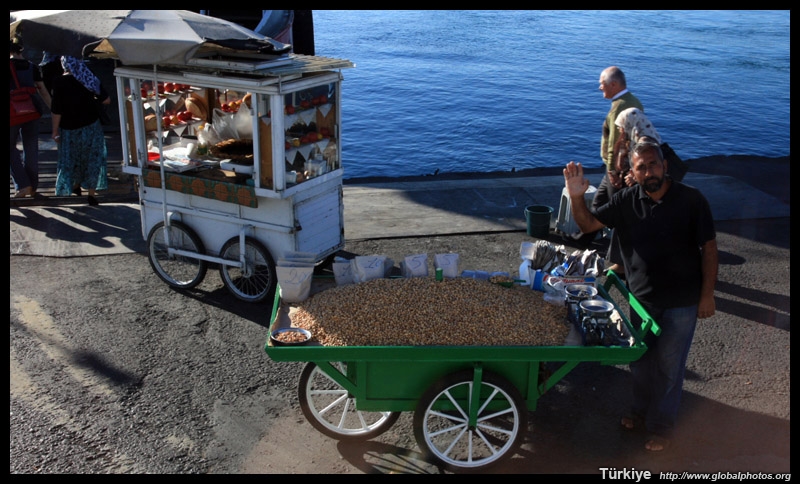
Canakkale sits at the narrowest part of the Dardanelles. It has a lovely waterfront, which includes a prop from the movie "Troy".


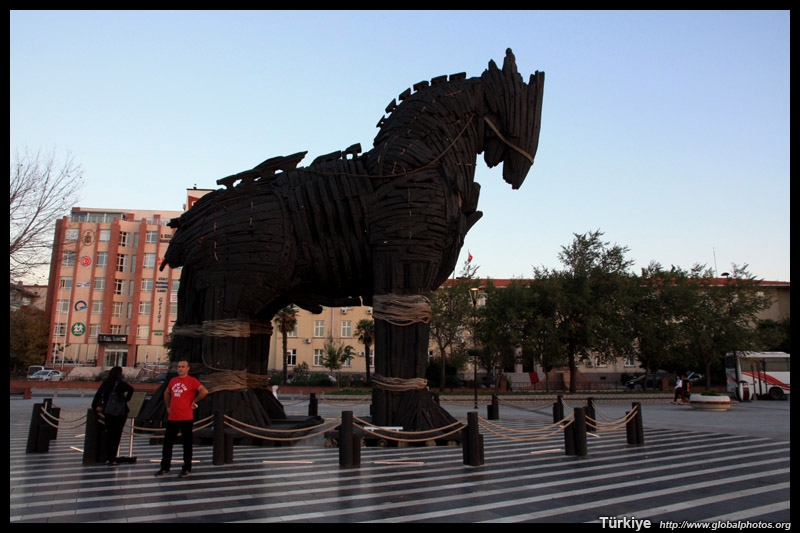
Troy
During the Trojan War, the Greeks hid in large horse statues like the one pictured and the tactic helped them successfully defeat the Trojans.
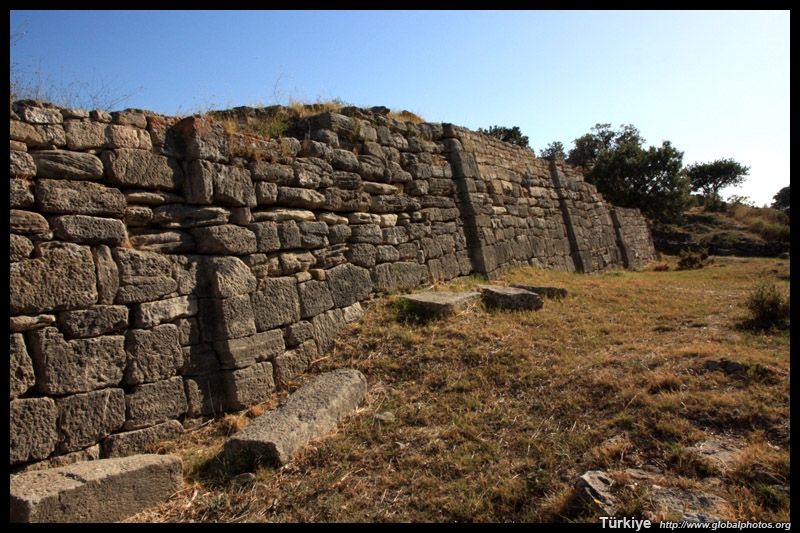
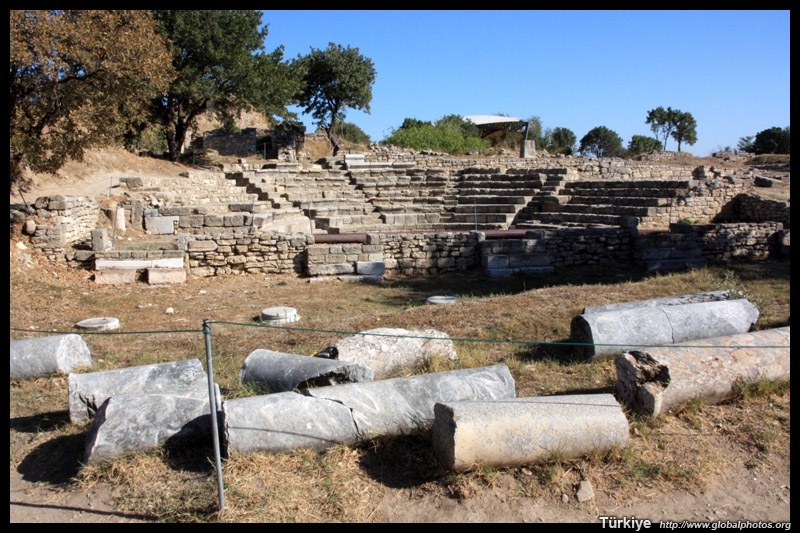
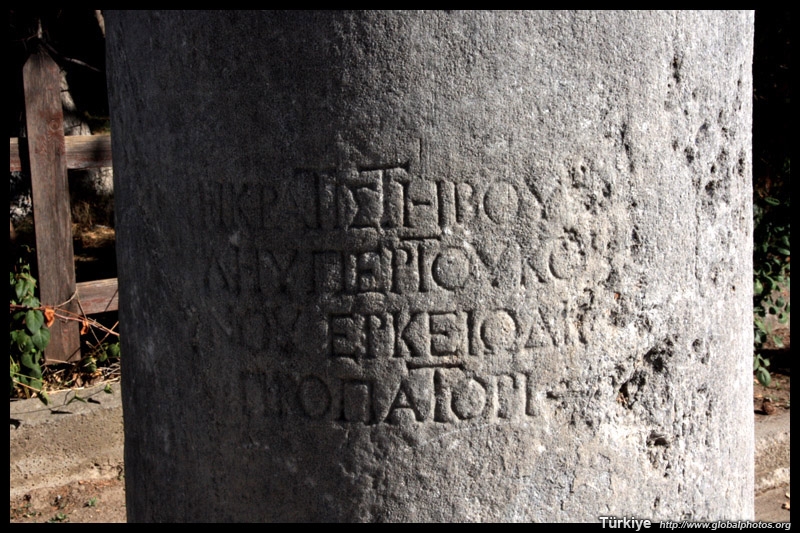
Pergamon
Pergamon became a major trading and cultural centre after conquest by Alexander the Great in 333 BC. It continued to prosper under Roman rule. Today's ruins are spread across the hillside, which commands a panoramic view of the area.
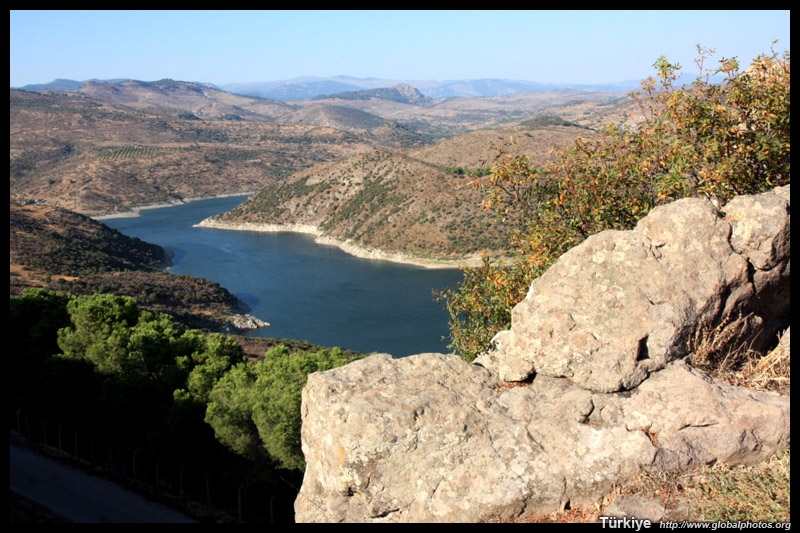
The altar in this now-empty site was removed (plundered) by the Germans and moved to Berlin, where it is now on display at the Pergamon Museum.
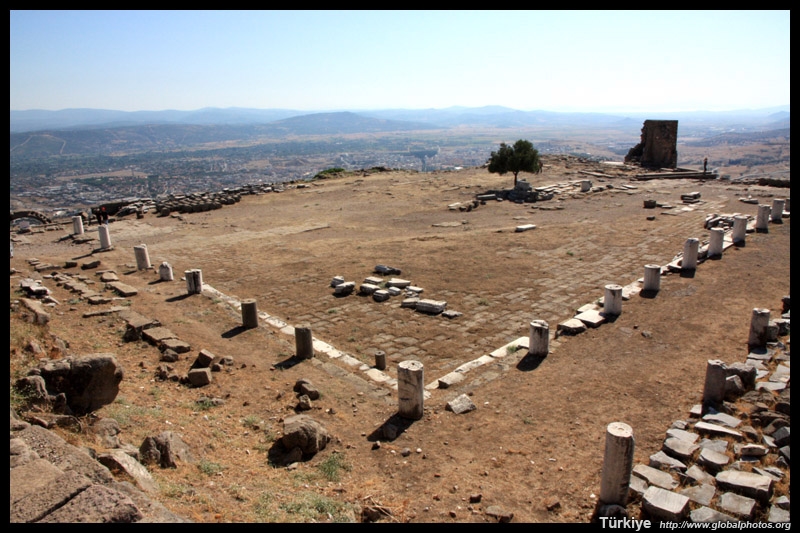
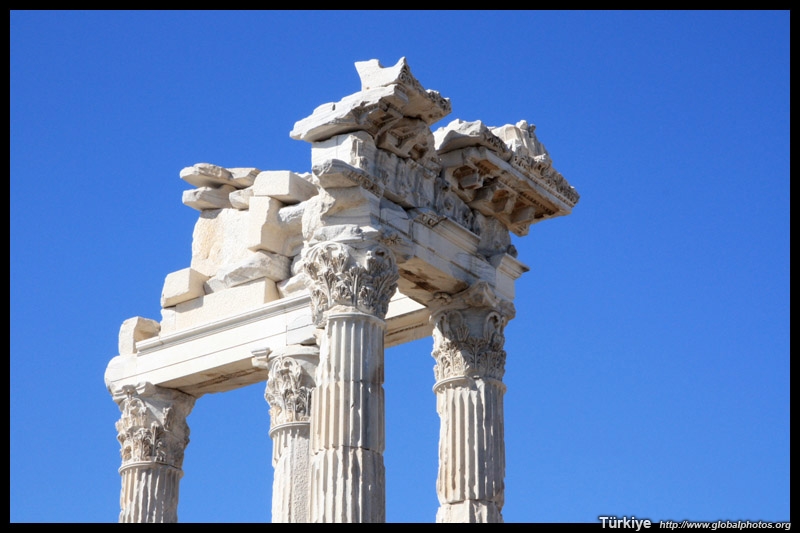
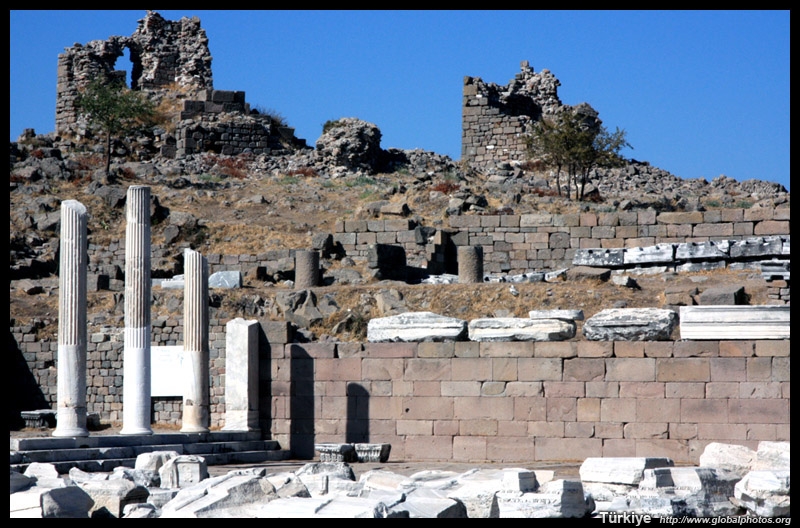
As I clumsily descended down the theatre's steep steps, I couldn't imagine how the people that actually used this place could do it.
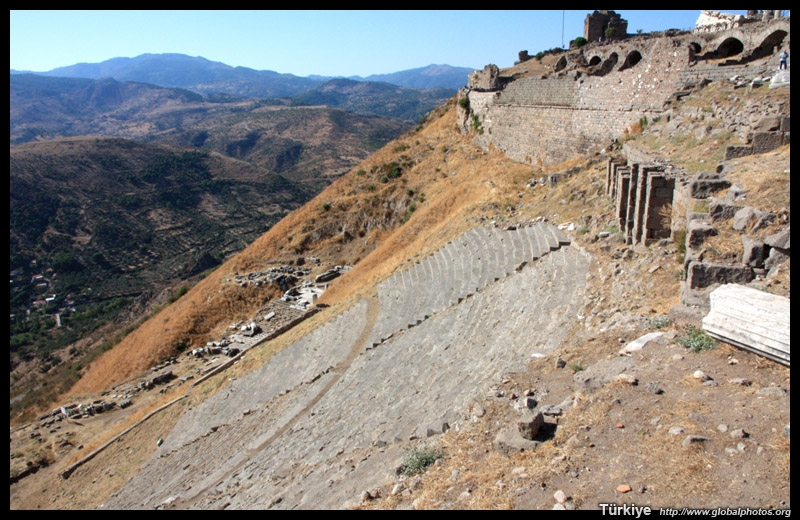
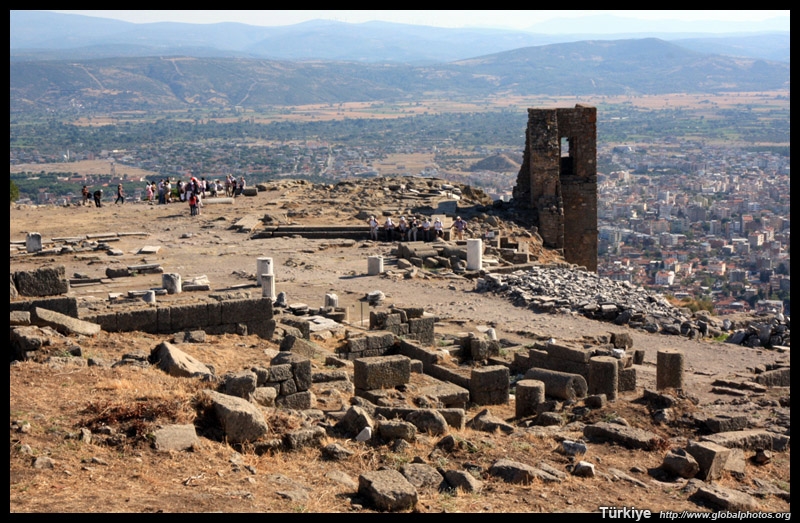
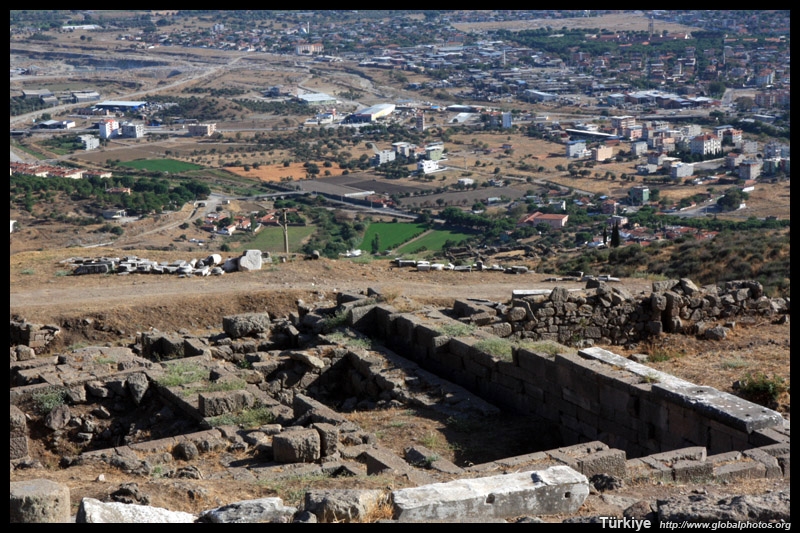
Kusadasi
Further south, Kusadasi is a popular Aegean cruise port. I lived uphill away from the water, so got a very nice good morning view.
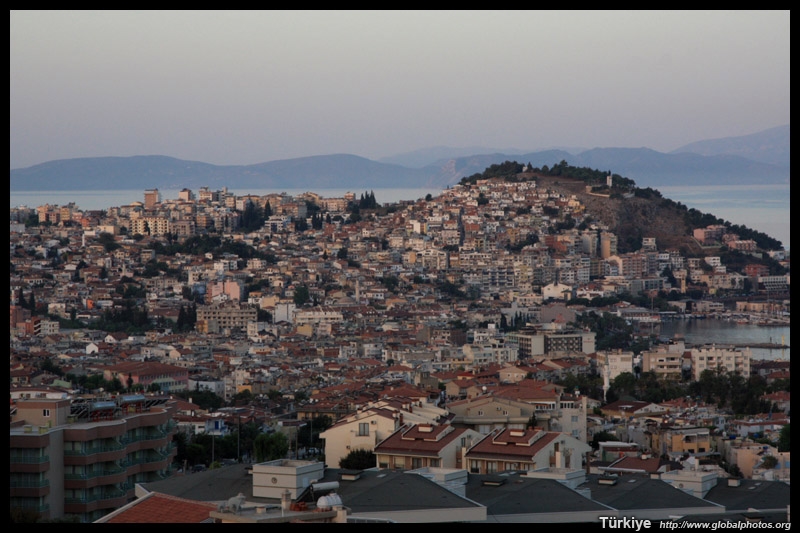
Ephesus
Ephesus dates from the 4th century BC. Although landlocked today, it was a major Aegean port during Roman times, and what is left today shows just how prosperous the city was in those days. Expecting a major rush from the cruise ships, we arrived bright and early, only to find plenty of others also devised the same strategy.
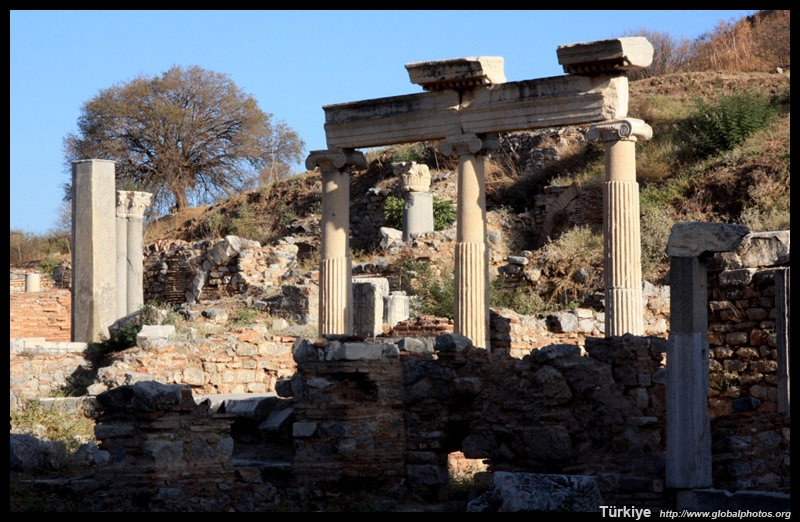

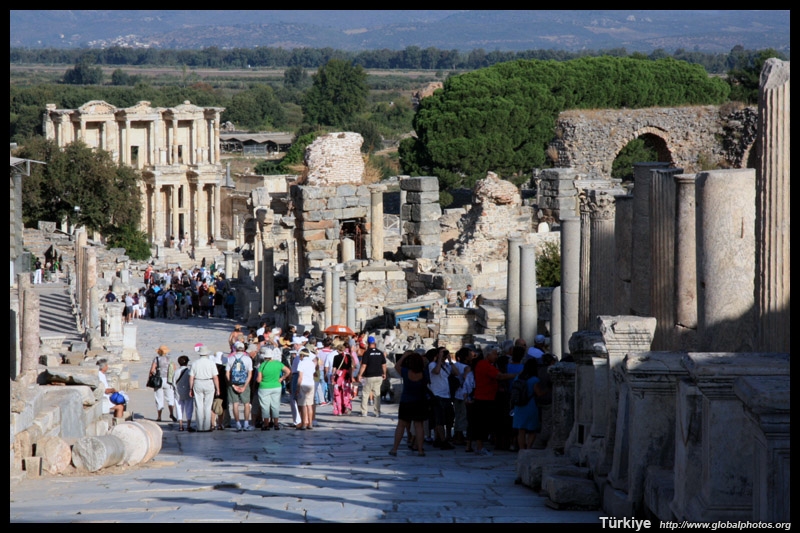


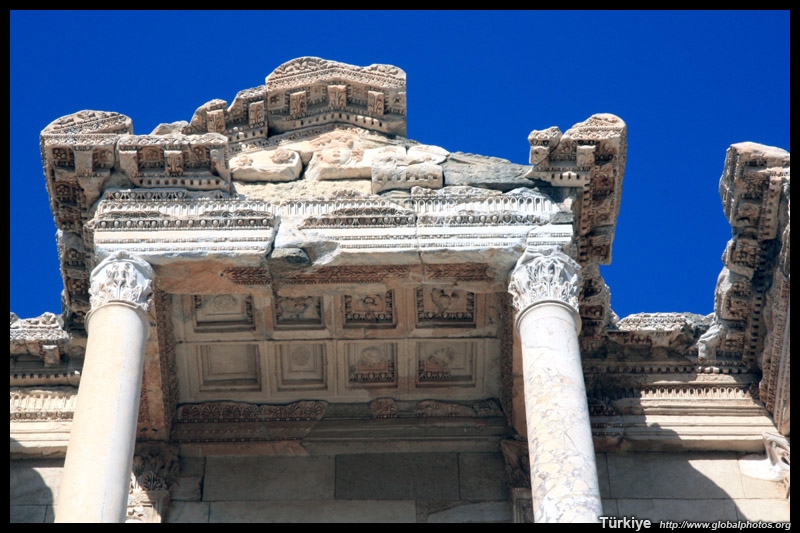
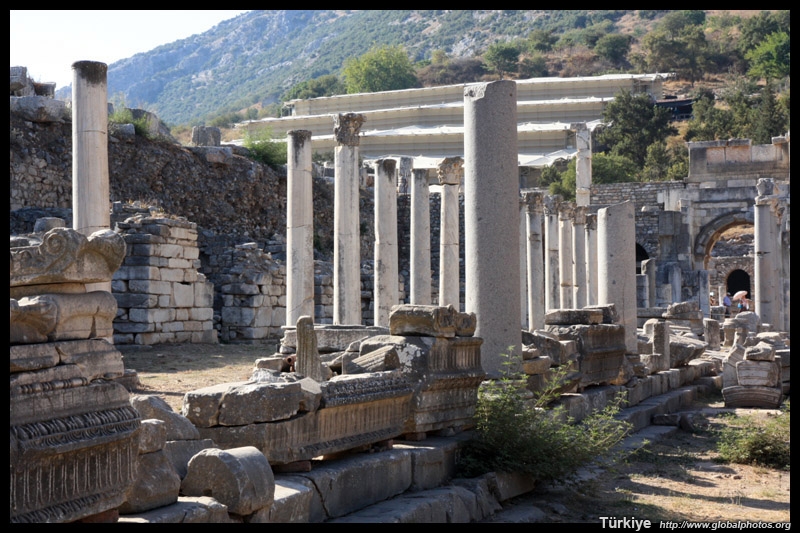

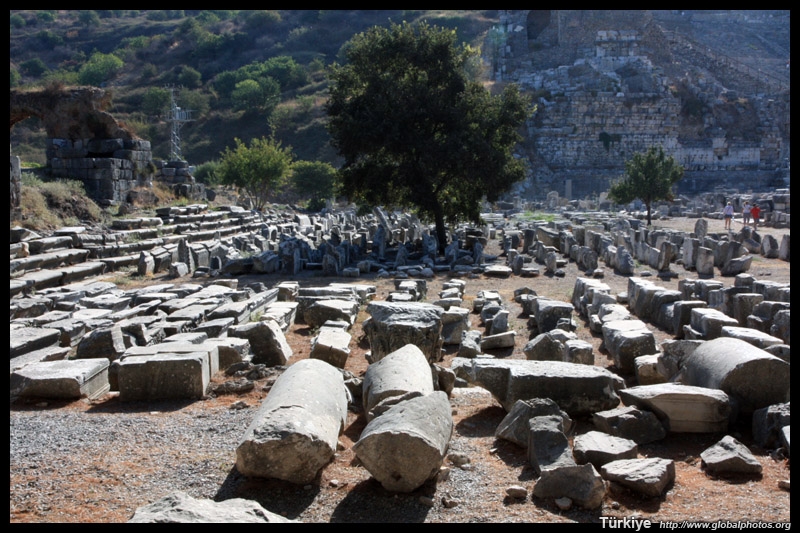
Pamukkale
Deposits of calcium carbonate from the hot springs continue to give Pamukkale a white coating today. Over time, they have formed various terraces along the cliffside, where bathers now enjoy the therapeutic waters freely. However, tourist developments since the 1980's have greatly damaged the site and the water flow has slowed to a trickle.
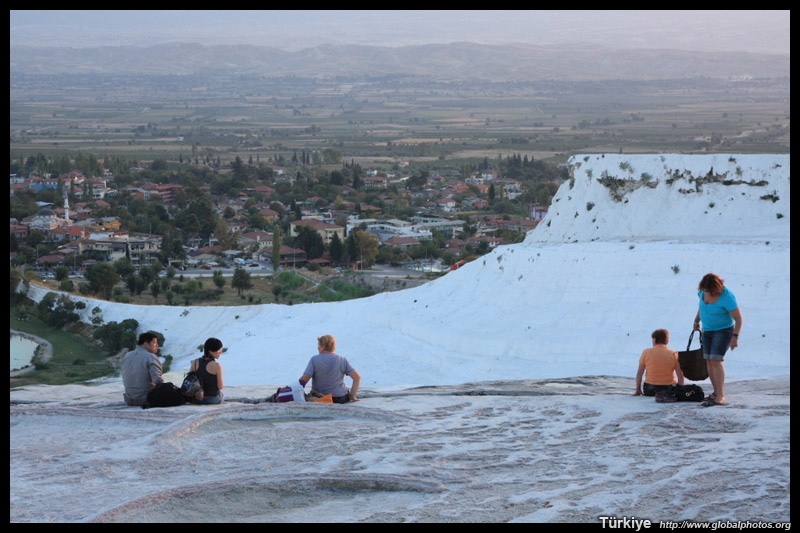
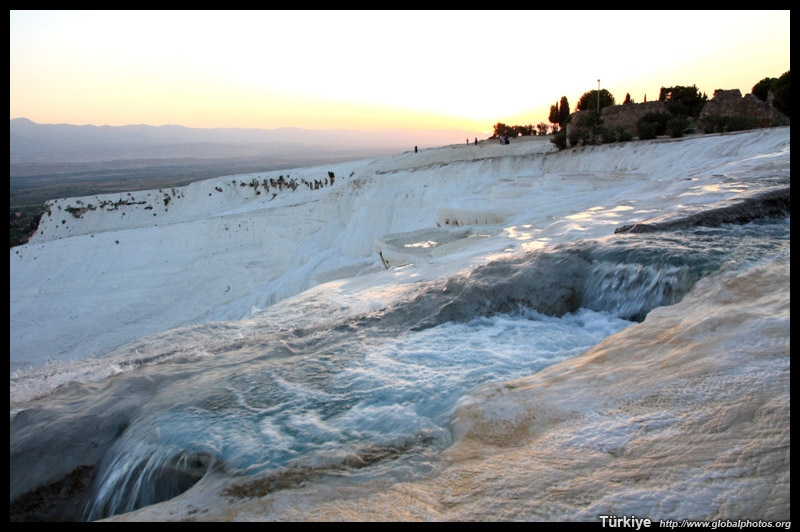
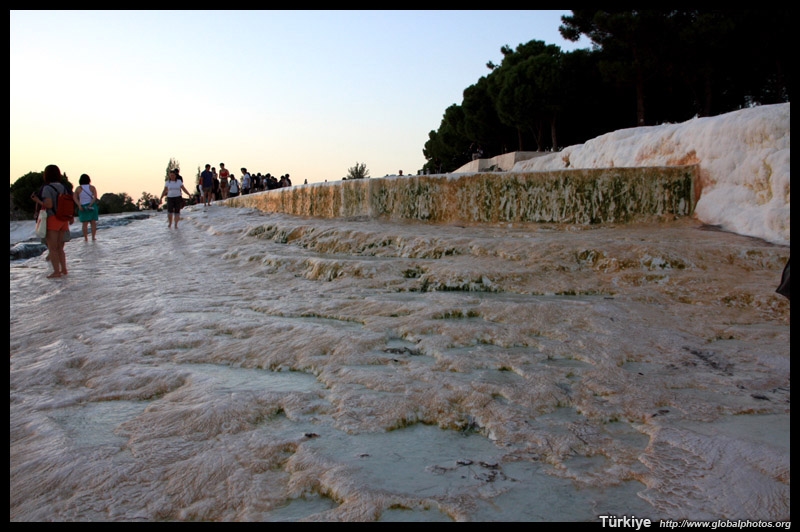


Cappadocia
After a long 10-hour bus ride, we finally made it to Cappadocia! Luckily, the wifi on the bus was fast and stable. Could not have survived without it!



The rock formations' clustering amidst a mountainous landscape is a strange and bewildering sight.


People actually lived and hid in some of these weird-faced rocks.

The highlight of any Cappadocia trip would be the hot air balloon ride during sunrise. The 4:30am morning call was quite intense, but at least hundreds of others were suffering with me.






Ankara
About 100km south of Ankara is Lake Tuz, a saline lake covering some 1500 square km. It's very hard to find traces of water as a heavy layer of salt covers the top, making it possible for visitors to even walk on the lake.

Ataturk's Mausoleum was built between 1944 and 1953. Not only is this the resting place for Turkey's first president, it houses a museum of his personal artifacts, including vintage cars and gifts from visiting heads of state.


Istanbul
Being the western end of the Silk Road, Constantinople served as a bridge between the East and the West. Its glorious history has left behind numerous relics to explore appreciate. Today's Istanbul has lots of sights to offer, and filled up 3 days quite nicely.
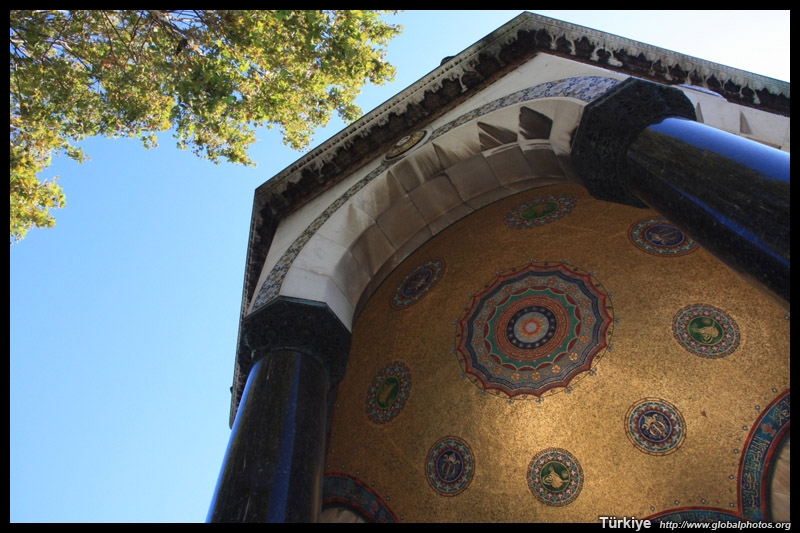
The Blue Mosque is actually not blue on the outside. The name comes from the blue Iznik tiles, which reflect natural light in a bluish tone.

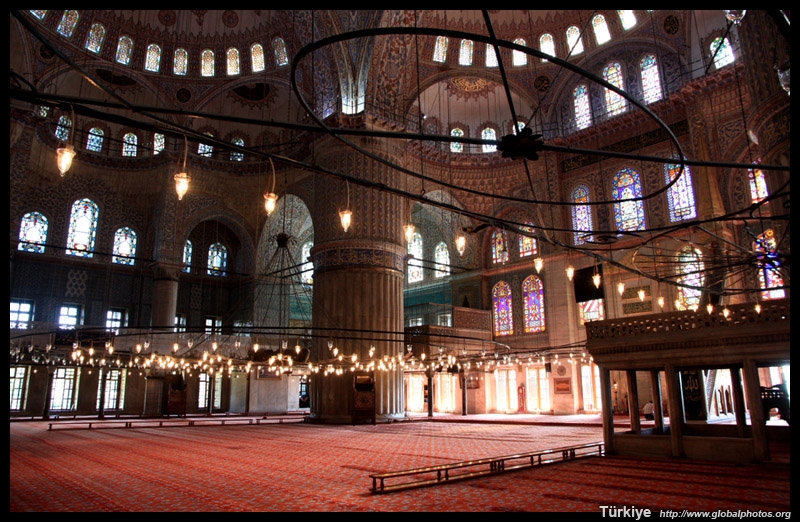
Ayasofya dates from the 6th century and was converted from church to mosque in the 15th century. It's quite interesting to see both Christian and Muslim aspects mixed together.
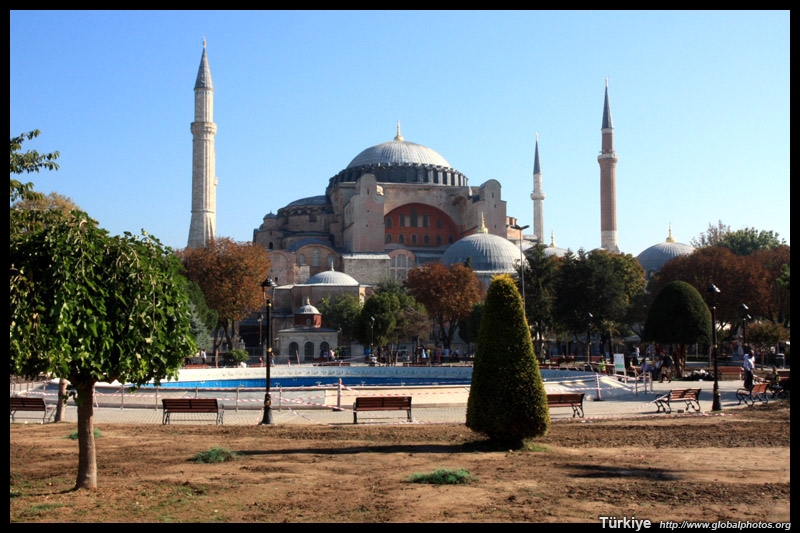

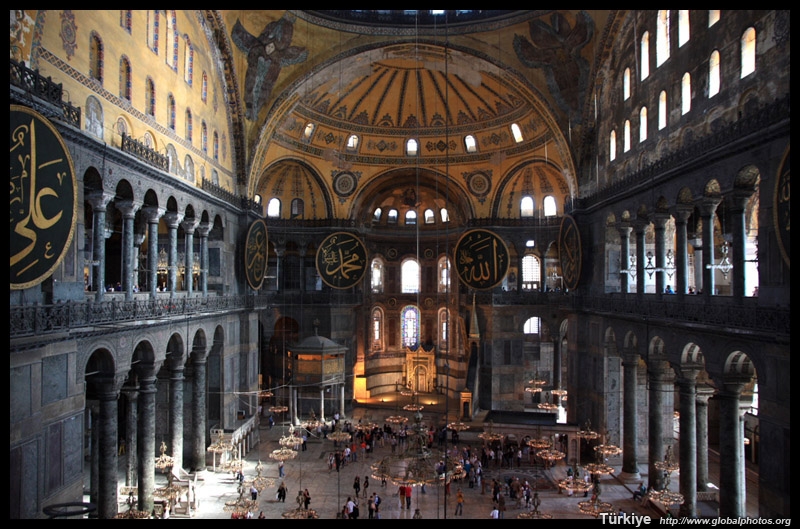




The Basilica Cistern is a huge underground reservoir dating from the 6th century. It was forgotten until a Frenchman rediscovered it in the 16th century. Designed to store enough water for the Great Palace, the cistern is supported by 336 columns.

A nostalgic tram line runs along the Istiklal Caddesi, although it's more for tourists and is a recent creation. I didn't expect this line to be fairly new actually.

There are a lot of interesting markets that line among the street. This antique store has a bond of yesteryear. Tear a coupon to receive the cash.

They know where people look to check for freshness.

Sirkeci Station is the Orient Express' terminus. It doesn't look that grand on the outside, but there is a very worthwhile museum next to the platform where all sorts of train memorabilia are on display.
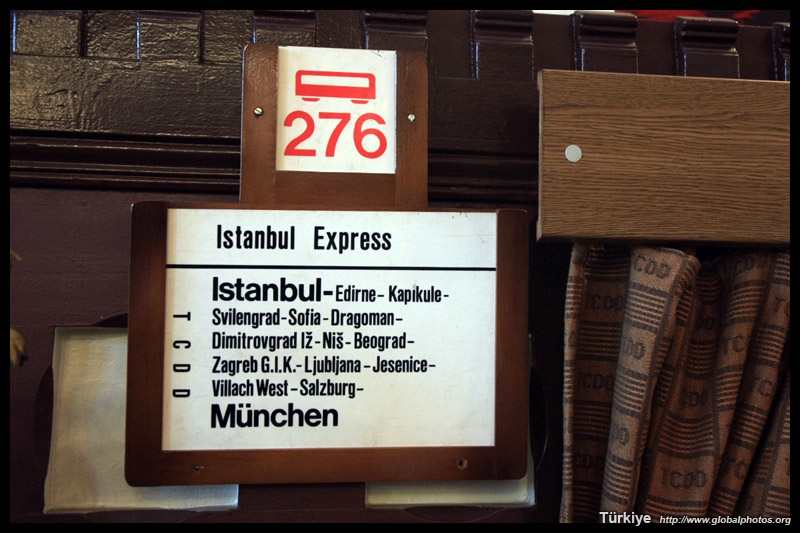

Galata Bridge is a popular fishing spot.

Looks like this cafe in Eyup is a nice place to relax and enjoy a snack. A huge hillside cemetary starts just outside the railing.

I opted for the short Bosporous cruise with the commuter ferry company. We passed by the Rumeli Hisari fortress, a defense structure built in 1452 as part of the siege of Constantinople.

For such a huge city, I was surprised to have counted only 2 bridges between the Asian and European sides, and not even a rail connection. They're building a tunnel link now, but commuting across the Bosporous must be a stressful experience!

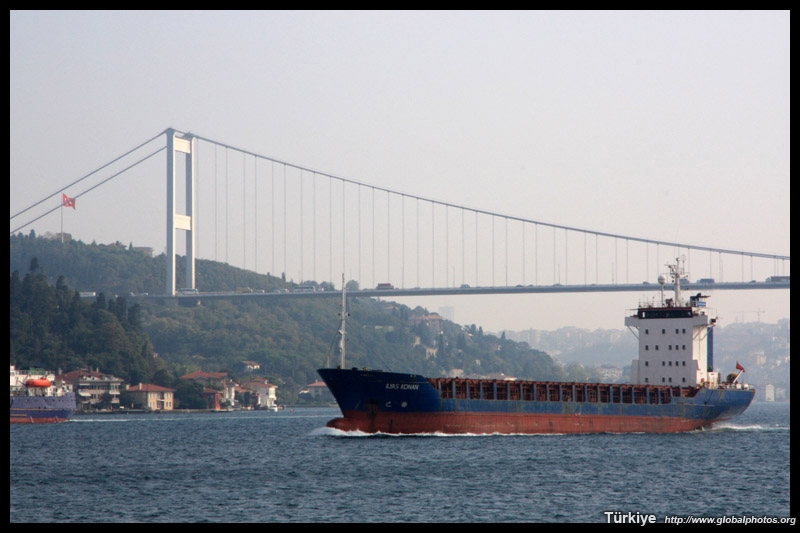
Would be nice to buy a vacation home here by the water!

Galata reminded me of Lisbon's Alfama - colourful, with lots of narrow and hilly alleys, graffiti, and grit.

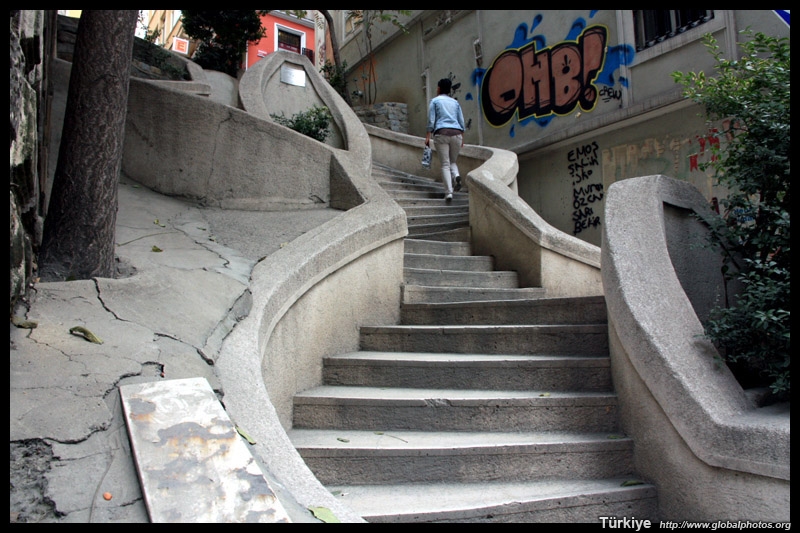



I had to visit the Galata Tower twice as I couldn't get the lighting right and the skies blue enough. With no skyscrapers in the historic centre, this was my best vantage point.
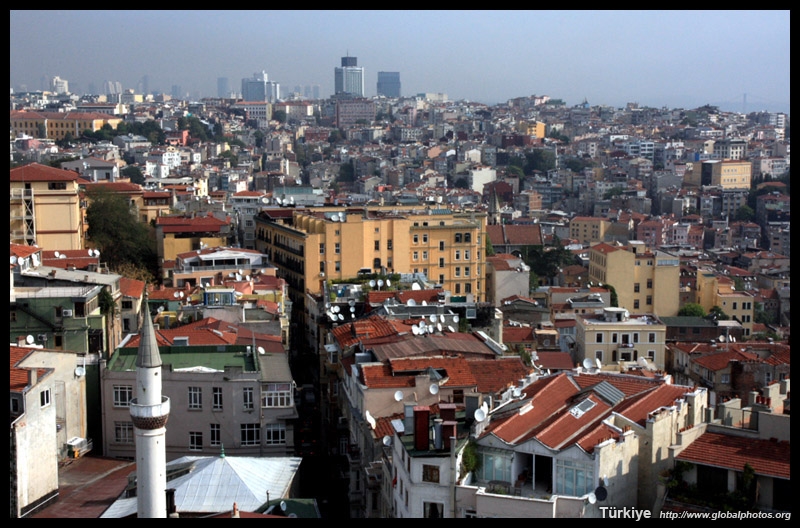

1 lira for a fresh pomegranate juice is indeed a steal.

Sydney
I return to Australia after a 4-year absence. Anticipating a lovely view on approach, I glued myself against the left window and the skyline soon came into view.

Sydney has some stately homes from the colonial bourgeoisie that have been restored and reopened as museums.

At the other end of the spectrum, it is also possible to peek inside a working class home from that era.

Restaurants around Circular Quay remain overpriced. I was a bit lazy to go too far for dinner. Otherwise, Darling Harbour would offer a little more value for money.

With summer approaching, I took advantage of the long days and walked around for some sunset photography opportunities.

Fresh oysters cost a few more dollars a dozen now, but are still great value for money. The fish market seemed more touristy than in 2008 though.

I explored a number of new residential redevelopments to check out Sydney's famed great quality of life.


Thanks to a friend's tip-off, I found a new suburb with serene waterfront views about 30 minutes from the CBD. Hard to believe this used to be a chemicals manufacturing centre with poisons seeped deep into the soils.

Tasmania
A rental car is essential to explore Tasmania's natural beauty. Our focus on this trip is the east coast.

Bicheno's Blowhole is an example of rock formations creating an illusion of a geyser.

It is easy to hike up to the lookout for a lovely view of Wineglass Bay's white beaches set amidst the mountains.

There are other spots in Freycinet National Park that offer lovely walks and views.

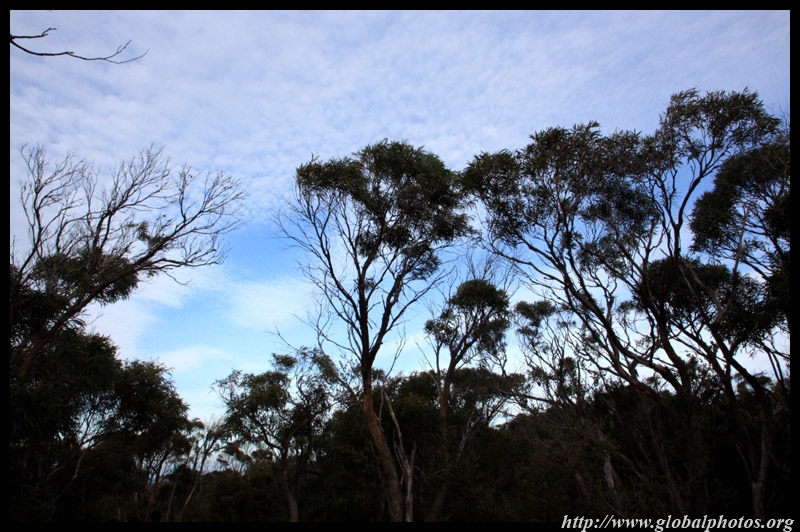
The car was barely able to make it up Mount Wellington, which offers panoramic aerials of Hobart. The weather was noticeably cooler at this altitude.

Bangkok
I return to Bangkok after an absence of over 6 years due to various political and weather events that seem to have plagued Bangkok in recent years. Winter is a great time to visit as blue skies dominate but the mercury soars well into the 30C's.
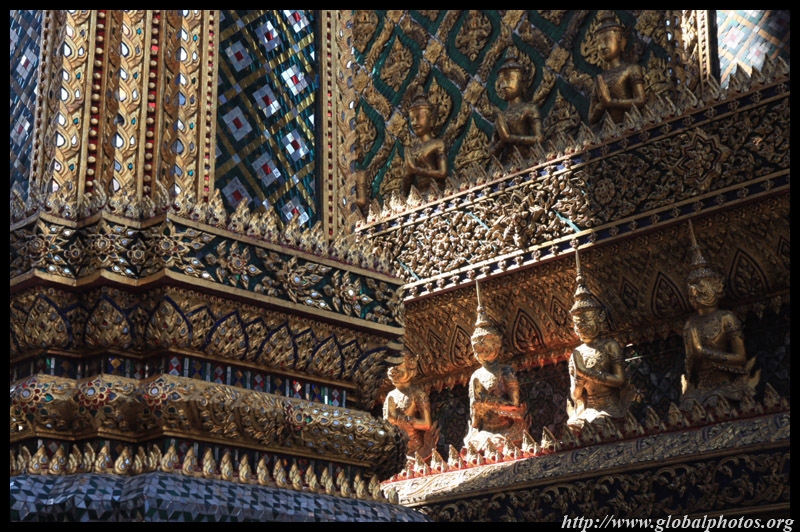

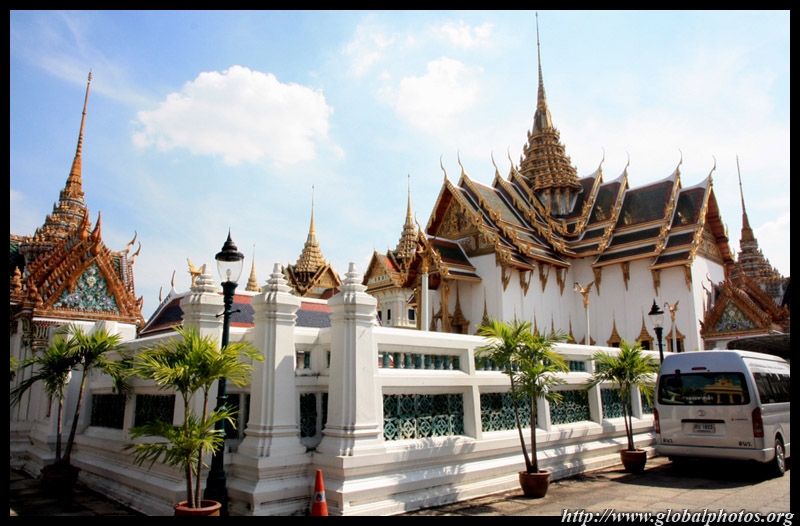
I expected Chinatown to be bustling with activity, and I was not disappointed. There was plenty of interesting stuff in the markets to photograph.



Not all European-style historic buildings are in good condition.


Despite the modernity, it is easy to find a traditional prayer kiosk squeezed between skyscrapers.
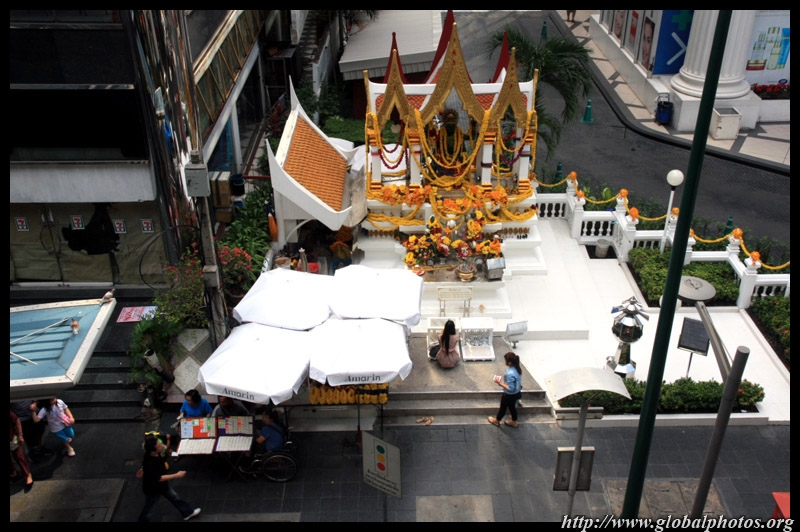
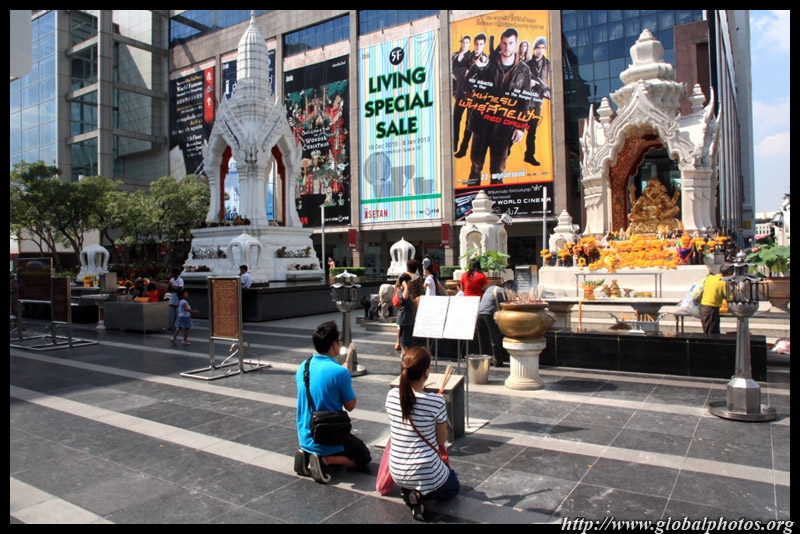
Bangkok's public transport system is still inadequate. Many important tourist attractions are still not accessible by rail, and even the rail coverage for such a sprawling city is quite weak.


Tired from walking around the city, the rooftop bars were a reprieve to calm down and enjoy the sunset.



Frankfurt
I return to Frankfurt to explore the city centre as a pitstop between Asia and North America thanks to an interesting way to stretch an award ticket. Being a fairly small city, I thought a day trip here would be manageable.

It was a huge contrast to the hot and sunny weather in Bangkok. But it actually wasn't too cold here.



Everywhere, they seem to talk about bulls and bears. Guess these kids weren't particularly concerned about economics.

I was seeking for a bridge offering the skyline set along the river view.

Toronto
It was considerably cooler in Toronto than in Frankfurt, with plenty of snow on the ground.



























































































































































































